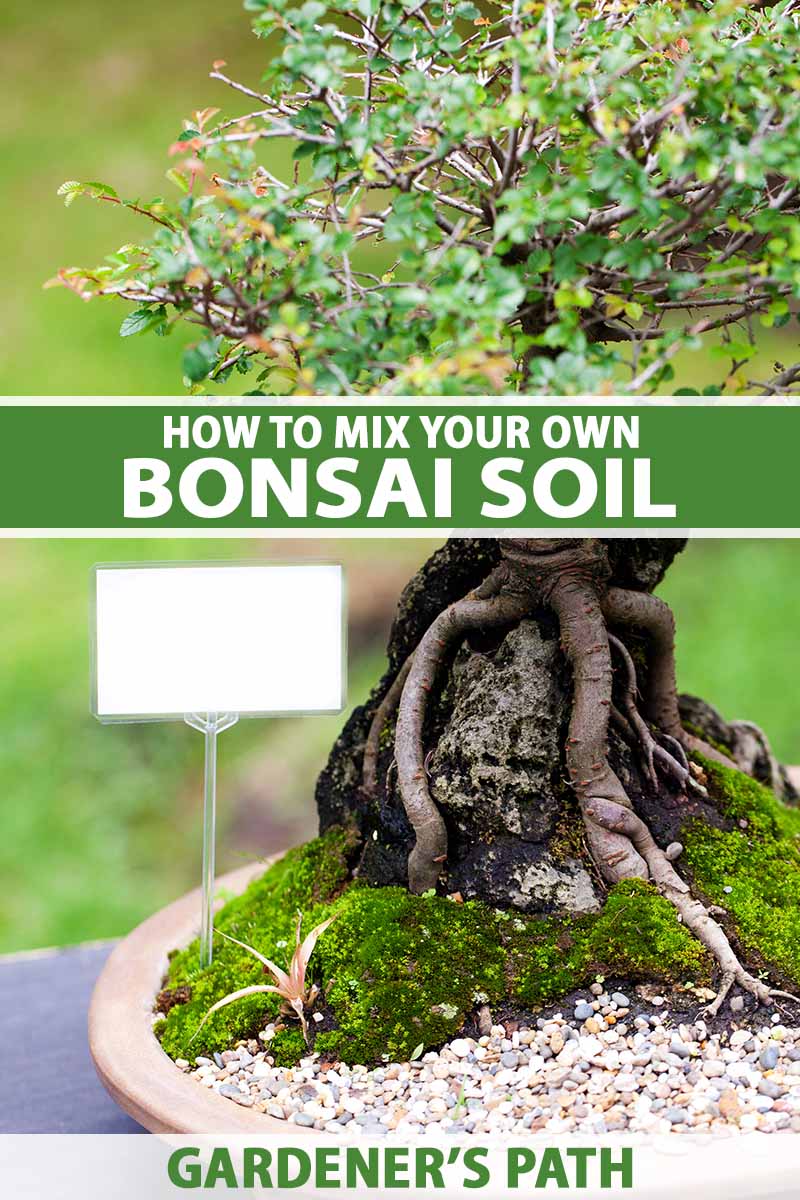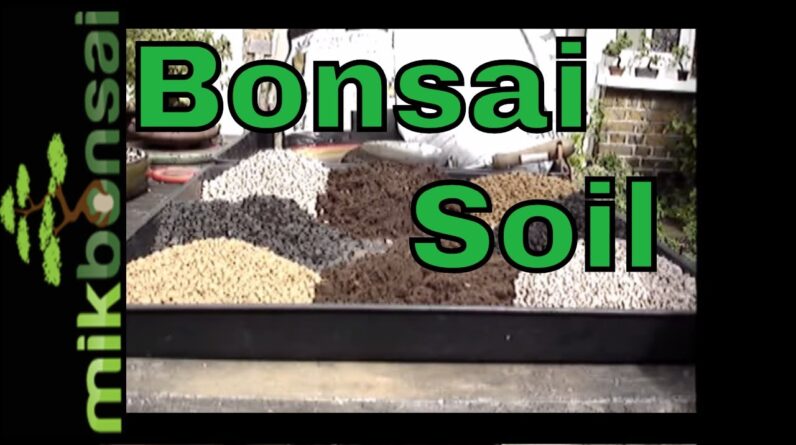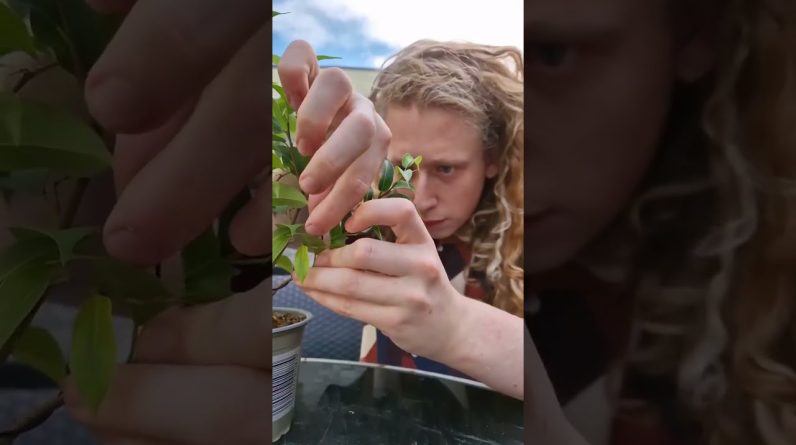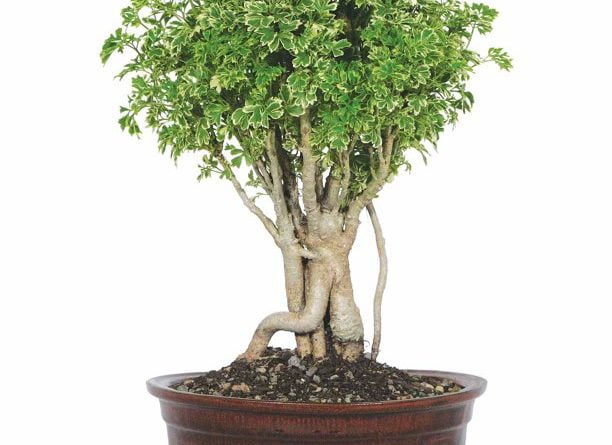You know that feeling when you finally find the perfect soil for your plants and they thrive like never before? Well, the same principle applies to bonsai trees. Using the right bonsai soil is crucial in nurturing these miniature masterpieces.
It not only provides the necessary nutrients but also allows for proper drainage and aeration, ensuring the health and longevity of your bonsai. In this article, we will explore the importance of using the right bonsai soil and how it can make all the difference in the growth and beauty of your bonsai trees.
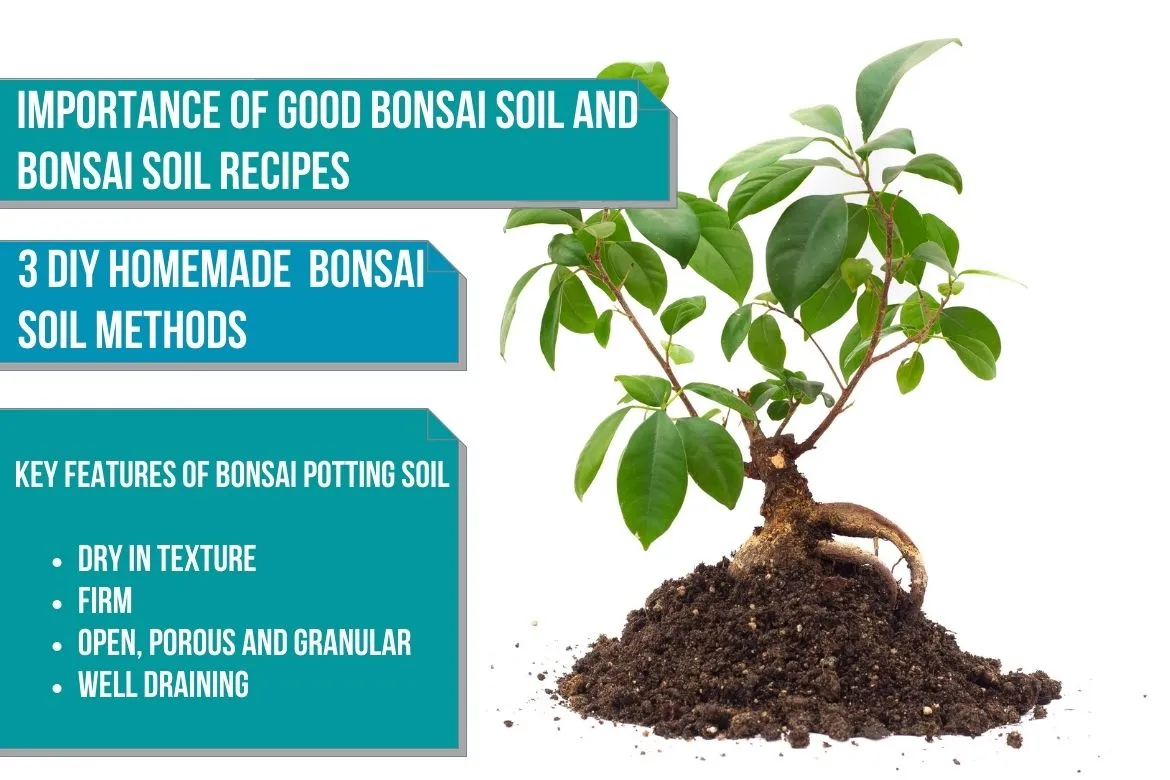
Benefits of Using the Right Bonsai Soil
Promotes Healthy Root Growth
Using the right bonsai soil can greatly promote healthy root growth in your bonsai trees. The soil provides a suitable environment for the roots to spread and develop. It has the right balance of air, water, and nutrients, allowing the roots to grow vigorously. Healthy root growth is crucial for overall tree health and vitality.
Prevents Root Rot
One of the biggest advantages of using the right bonsai soil is its ability to prevent root rot. Root rot occurs when the roots are constantly saturated in water, leading to the death of the roots and ultimately the tree. Properly draining bonsai soil ensures that excess water is able to flow out of the pot, preventing the roots from becoming waterlogged and susceptible to rot.
Improves Nutrient Absorption
The right bonsai soil allows for better nutrient absorption by the roots. When the soil has a suitable structure and composition, it ensures that essential nutrients are readily available for the roots to uptake. This leads to healthier and more vibrant bonsai trees, as they are able to receive the necessary nutrients for growth and development.
Enhances Water Drainage
Good water drainage is essential for the overall health of bonsai trees. The right bonsai soil provides excellent water drainage, preventing water from pooling in the pot and potentially suffocating the roots. With proper drainage, the roots are able to absorb the necessary water for hydration without being drowned in excess moisture.
Maintains Soil pH
Maintaining the right soil pH is crucial for the well-being of bonsai trees. Different tree species thrive in different pH ranges, so it is important to use the right bonsai soil that matches the specific needs of your trees. The correct pH level allows for optimal nutrient availability and uptake, ensuring that your trees remain healthy and thrive.
Reduces Compaction
Using the right bonsai soil helps to reduce compaction in the potting medium. Compacted soil can hinder root growth and lead to poor aeration and water drainage. The ideal bonsai soil consists of particles that allow for adequate space between them, preventing compaction and allowing the roots to grow freely.
Provides Adequate Aeration
Aeration is crucial for the root health of bonsai trees. The right bonsai soil provides adequate air circulation within the root zone, allowing oxygen to reach the roots. This promotes a healthy root system, as the roots require oxygen for respiration and metabolic processes. Proper aeration also prevents the occurrence of anaerobic conditions that can lead to root rot.
Minimizes Soil Erosion
Bonsai trees are often displayed outdoors, and soil erosion can become a problem if the right bonsai soil is not used. Poor soil composition and structure can result in the soil being washed away during heavy rains or watering. The right bonsai soil helps to minimize soil erosion, allowing your trees to remain stable and secure in their containers.
Supports Overall Tree Health
Using the right bonsai soil supports the overall health of your trees. When the roots are provided with the ideal growing environment, they are able to function optimally and support the tree’s overall growth and development. Healthy root systems lead to healthy trees, with vibrant foliage and strong branches.
Enhances Bonsai Appearance
The right bonsai soil contributes to the visual appeal of your bonsai trees. Different bonsai soil types can create different textures and colors, which can add depth and interest to the overall design of your trees. It also helps in achieving the desired look and style for your bonsai, enhancing its overall appearance and aesthetic value.
Characteristics of the Right Bonsai Soil
Well-Draining
The right bonsai soil should be well-draining to ensure that excess water is able to flow out of the pot. It should have a good balance between water retention and drainage, allowing the roots to absorb water without becoming waterlogged. Well-draining soil prevents the risk of root rot and promotes healthy root growth.
Water Retention
While good drainage is important, the right bonsai soil should also have sufficient water retention capabilities. It should be able to hold onto water long enough for the roots to absorb it, ensuring that the tree remains well-hydrated. The soil should strike a balance between retaining water and preventing waterlogged conditions.
Balanced pH
Bonsai trees have specific pH requirements, and the right bonsai soil should match those needs. The ideal pH range will vary depending on the tree species, as some prefer acidic soil while others thrive in alkaline conditions. Ensuring a balanced pH in the soil provides optimal nutrient availability for the trees to absorb.
Nutrient Availability
The right bonsai soil should have good nutrient availability for the roots to uptake. It should contain organic matter and minerals that provide essential nutrients for the trees. A balanced mix of nutrients ensures that your bonsai trees receive the necessary elements for growth and overall health.
Particle Size
Bonsai soil should have an appropriate particle size to allow for adequate aeration, drainage, and water retention. The particles should not be too fine, as this can lead to compaction and poor drainage. They should also not be too large, as this can impede water retention and nutrient absorption. The particle size should strike a balance to support healthy root growth.
Air Circulation
Adequate air circulation is essential for the health of bonsai trees. The right bonsai soil should allow for proper airflow within the root zone, providing oxygen for the roots. This promotes healthy respiration and metabolic processes, ensuring the overall well-being of the trees.
Different Types of Bonsai Soil
Akadama
Akadama is a popular bonsai soil component that is derived from a type of clay. It has excellent moisture retention properties and provides good aeration for the roots. Akadama helps create a stable soil structure and is widely used in bonsai cultivation.
Pumice
Pumice is a lightweight volcanic rock that is commonly used in bonsai soil mixes. It improves drainage and aeration, preventing root rot and promoting healthy root growth. Pumice is also beneficial in preventing soil compaction and erosion.
Lava Rock
Lava rock, also known as scoria, is another volcanic rock commonly used in bonsai soil mixes. It provides good drainage and aeration while retaining some moisture. Lava rock helps create a stable root environment and is particularly useful for larger bonsai trees.
Organic Matter
Organic matter, such as compost or well-rotted bark, can be added to bonsai soil mixes to improve its overall structure and nutrient content. Organic matter helps retain moisture, promotes microbial activity in the soil, and enhances nutrient availability for the trees.
Peat Moss
Peat moss is a type of organic matter that is commonly used in soil mixes for acid-loving trees. It has excellent water retention capabilities and helps create a slightly acidic environment. Peat moss should be used in moderation to avoid excessive water retention.
Perlite
Perlite is a lightweight volcanic glass that is often incorporated into bonsai soil mixes. It improves drainage and aeration, preventing soil compaction and root rot. Perlite is particularly useful in fast-draining soil mixes.
Vermiculite
Vermiculite is a mineral that is often used to improve water retention in bonsai soil mixes. It helps retain moisture while still allowing for proper drainage. Vermiculite is beneficial for trees that require higher moisture levels.
Factors to Consider when Choosing Bonsai Soil
Tree Species
Different tree species have different soil requirements. It is important to research and understand the preferred soil type for your specific bonsai trees. Some trees may thrive in well-draining soil, while others may require a soil mix that retains more moisture. Consider the specific needs of your tree species when selecting bonsai soil.
Climate and Environmental Conditions
The climate and environmental conditions in your area should also be taken into consideration when choosing bonsai soil. If you live in a humid climate, you may need a soil mix that provides better drainage to prevent root rot. Similarly, if you live in a dry climate, you may need a soil mix that retains more moisture. Assess the local conditions to ensure that the bonsai soil is suitable for your trees.
Watering and Feeding Regime
Your watering and feeding regime will also influence the type of bonsai soil you choose. If you tend to water your trees frequently, a well-draining soil mix may be more suitable. On the other hand, if you prefer to water less frequently, a soil mix with better water retention may be preferred. Consider your watering habits and adjust the soil accordingly.
Bonsai Stage of Development
The stage of development of your bonsai trees should be considered when selecting bonsai soil. Younger trees may benefit from a soil mix that retains more moisture to support their rapid growth. Mature trees, on the other hand, may require a soil mix that promotes better drainage and aeration. Take into account the specific needs of your trees at each stage of their development.
Pot Type and Size
The type and size of the pot used for your bonsai trees also play a role in selecting the right bonsai soil. Different pots have different drainage capabilities, and this should be considered when choosing the soil. Additionally, the size of the pot will affect how often you need to water and fertilize your trees, which should be taken into account when selecting the soil mix.
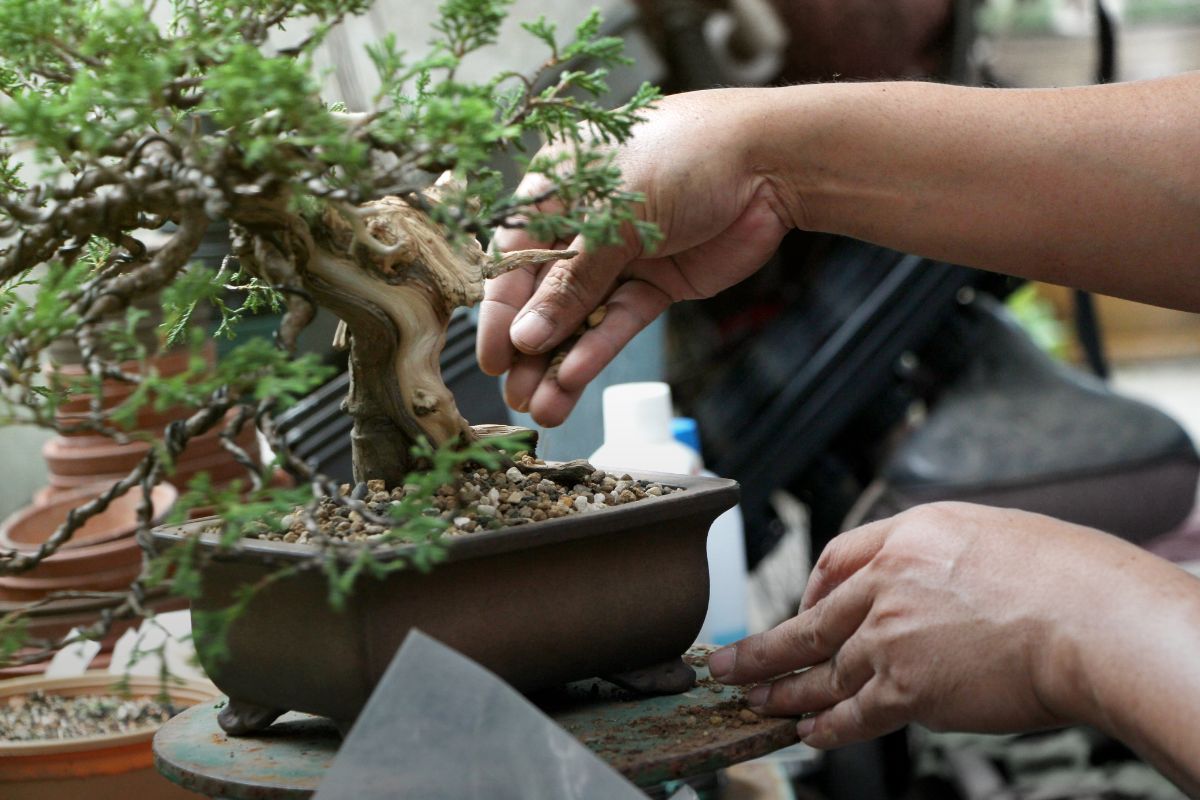
How to Determine the Right Bonsai Soil
Researching Tree Species Preferred Soil
To determine the right bonsai soil for your trees, it is essential to research the preferred soil type for their specific species. Different tree species have different soil requirements, including drainage, water retention, and pH levels. Understanding the specific needs of your tree species will help guide you in choosing the appropriate bonsai soil.
Testing Soil Drainage
Testing the drainage of the soil can help determine if it is suitable for bonsai cultivation. To test the drainage, thoroughly water the soil and observe how quickly the water flows out of the pot. If it drains too quickly, the soil may be too coarse. If it drains too slowly, the soil may be too fine. The ideal bonsai soil should have a balanced drainage rate.
Analyzing Local Climate
Analyzing the local climate is crucial in determining the right bonsai soil. Consider the average rainfall, humidity levels, and temperature fluctuations in your area. This will help you choose a soil mix that can withstand the prevailing weather conditions and meet the specific needs of your trees.
Considering Watering Habits
Consider your watering habits when determining the right bonsai soil. If you tend to water your trees frequently, a soil mix with good drainage capabilities may be more suitable. If you prefer to water less often, a soil mix that retains more moisture may be preferred. Understanding your watering habits will help you select the right soil that aligns with your care routine.
Experimenting with Different Soil Mixes
Experimenting with different soil mixes is a great way to determine which one works best for your bonsai trees. Start with a basic mix and gradually modify the composition to observe how it affects the growth and health of your trees. Keep track of the changes and adjust as needed until you find the perfect soil mix that meets your trees’ specific needs.
Steps to Prepare Bonsai Soil
Gather Necessary Materials
To prepare bonsai soil, gather the necessary materials including the selected soil components, containers, and tools. The specific components will depend on the soil mix you have chosen for your trees. Make sure to have everything ready before proceeding to the next steps.
Sanitize Containers and Tools
Before mixing the soil components, it is important to sanitize the containers and tools to ensure cleanliness. Clean containers and tools help prevent the introduction of pathogens and other contaminants that could harm your trees. Use a mild bleach solution or a sanitizing solution specifically designed for horticultural use.
Measure and Mix the Soil Components
Measure the desired amounts of each soil component according to your chosen soil mix recipe. Combine the components in a clean mixing container and thoroughly mix them together. It is important to achieve a homogenous mix that contains a balanced composition of each component.
Sieve the Soil Mix
Sieve the soil mix to remove any large particles or debris that could hinder proper drainage or aeration. This step ensures a finer and more uniform texture, allowing for better root growth and overall soil performance. Use a mesh sieve with an appropriate aperture size.
Store the Prepared Soil Mix
After preparing the bonsai soil, store it in clean, airtight containers until it is ready to be used. This will help prevent contamination and maintain the soil’s quality. Store the soil mix in a cool and dry place to ensure its longevity and usability in the future.
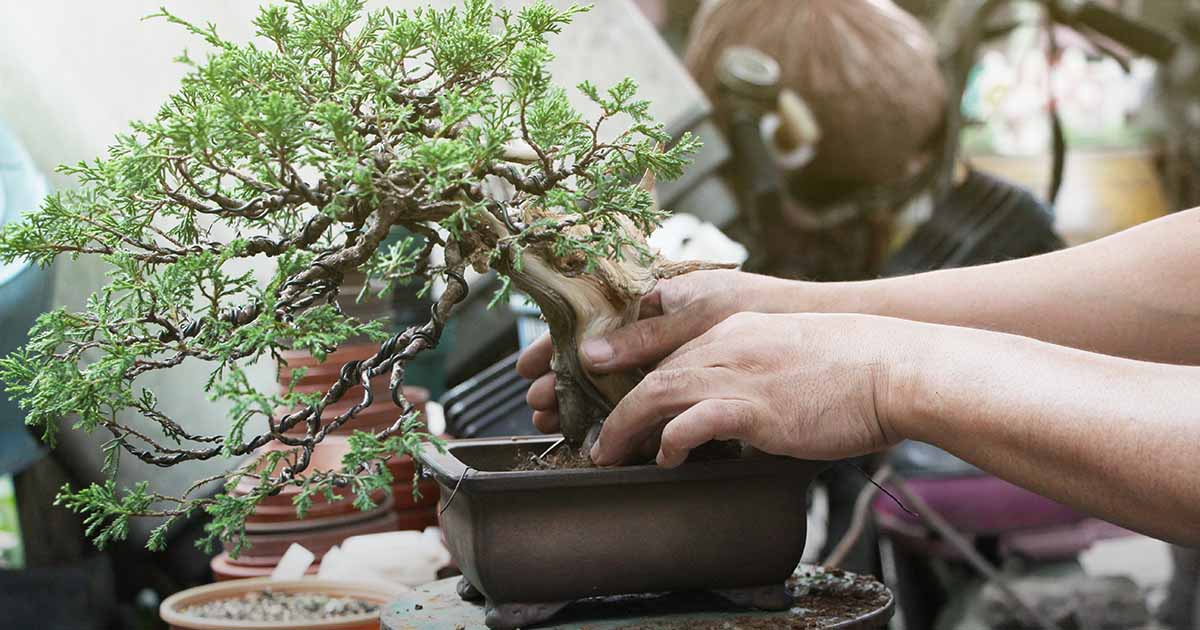
Tips for Using the Right Bonsai Soil
Ensure Proper Potting Technique
When using the right bonsai soil, it is important to ensure proper potting technique. Make sure the roots are evenly spread out in the pot and that there are no air pockets around the root ball. Gently firm the soil around the roots to provide stability and support for the tree.
Avoid Overwatering
Overwatering is a common mistake that can lead to root rot and other issues. Use the right bonsai soil that provides good drainage, and water your trees only when the soil is slightly dry. Avoid saturating the soil and allow excess water to drain out of the pot.
Monitor Soil Moisture
Regularly monitor the moisture levels of the bonsai soil to ensure it is neither too dry nor too wet. Stick your finger about an inch into the soil to check for moisture. If it feels dry at that depth, it is time to water. If it feels moist, hold off on watering until it dries out slightly.
Use Organic Fertilizers
To enhance the health of your bonsai trees, use organic fertilizers that will gradually release nutrients into the soil. Organic fertilizers promote long-term soil health by improving its nutrient content and microbial activity. They are gentle on the roots and provide a slow and steady release of essential nutrients.
Repot at the Right Time
Regular repotting is essential for maintaining the health of your bonsai trees. Repotting allows you to refresh the soil and provide better growing conditions for the roots. Repot your bonsai trees at the appropriate time based on their specific species and growth cycle. This will ensure that they have a healthy and fertile environment for continued growth.
Common Mistakes to Avoid with Bonsai Soil
Using Regular Potting Soil
Using regular potting soil for bonsai trees is a common mistake that should be avoided. Regular potting soil does not provide the necessary drainage, aeration, or nutrient availability that bonsai trees require. It can lead to waterlogged soil, compaction, poor root growth, and overall tree decline. Always opt for the right bonsai soil mix.
Overcompacting the Soil
Overcompacting the soil can lead to poor aeration, drainage, and root growth. Avoid pressing the soil down too firmly, as this can result in compaction that hinders root development. Gently firm the soil around the roots to provide stability without excessive compaction.
Using Oversized Soil Particles
Using oversized soil particles can impede drainage and aeration in the bonsai soil. Large particles can create gaps and hinder the flow of water and air within the soil. Use soil components with appropriate particle size to ensure optimal root health and performance.
Ignoring Soil pH
Ignoring the soil pH can have detrimental effects on your bonsai trees. Different tree species have specific pH requirements, and ignoring these can result in nutrient deficiencies and poor overall health. Monitor and adjust the soil pH accordingly to match the needs of your trees.
Infrequent Repotting
Infrequent repotting can lead to root binding and poor soil conditions. Bonsai trees should be repotted every 1 to 3 years depending on their growth rate and pot size. Repotting helps refresh the soil, remove old and decaying roots, and promote healthy root growth. Do not neglect regular repotting to ensure the longevity and vitality of your trees.
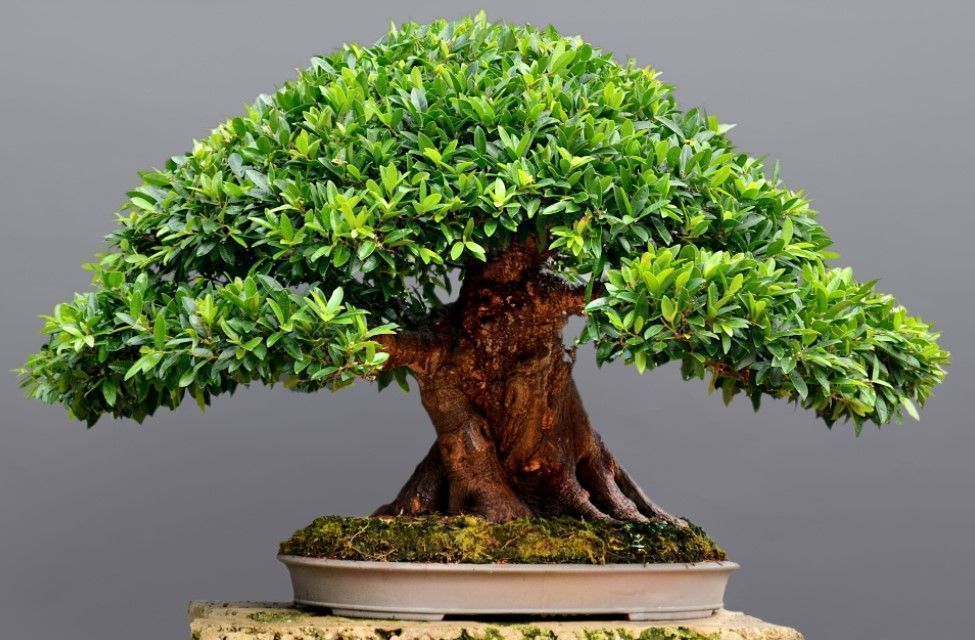
Signs of Poor Bonsai Soil
Slow Growth
If your bonsai trees are showing slow or stunted growth, it may indicate poor soil conditions. Inadequate drainage, nutrient deficiency, or compacted soil can hinder root development and overall growth. Assess the soil conditions and adjust as needed to promote healthier and faster growth.
Yellowing Leaves
Yellowing leaves can be a sign of nutrient deficiency or improper soil conditions. If the bonsai soil does not provide adequate nutrient availability or the pH is unbalanced, the tree may not be able to absorb the necessary nutrients for healthy foliage. Address any soil issues to prevent nutrient deficiencies and yellowing leaves.
Root Rot
Root rot is a common problem caused by poor soil drainage. If the bonsai soil retains too much moisture, it can lead to root rot and decay. Signs of root rot include discolored and mushy roots. If root rot is detected, repot the tree into fresh, well-draining soil to prevent further damage.
Compacted Soil
Compacted soil can hinder root growth and development. If the soil becomes compacted, it may prevent the roots from receiving adequate air, water, and nutrients. Bonsai trees may exhibit a slower growth rate, wilting, or overall decline in health. Address compacted soil by repotting into a well-draining soil mix.
Waterlogged Soil
Waterlogged soil is a result of poor drainage and can lead to root suffocation and rot. If water pools in the pot and does not drain properly, it can drown the roots and harm the bonsai tree. Waterlogged soil may have a foul odor or appear excessively wet. Improved drainage is necessary to alleviate this issue.
Conclusion
Using the right bonsai soil is essential for the health and vitality of your trees. It promotes healthy root growth, prevents root rot, improves nutrient absorption, enhances water drainage, maintains soil pH, reduces compaction, provides adequate aeration, minimizes soil erosion, supports overall tree health, and enhances bonsai appearance. Consider the characteristics of the right bonsai soil, different types of bonsai soil, factors to consider when choosing bonsai soil, and methods to determine the right bonsai soil. Follow the steps to prepare bonsai soil, and keep in mind the tips and common mistakes to avoid. Regularly monitor the signs of poor bonsai soil and make adjustments as needed to ensure the optimal growing conditions for your bonsai trees. With the right bonsai soil, your trees will thrive and bring beauty to your environment for years to come.
